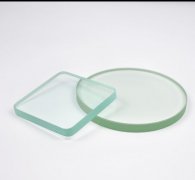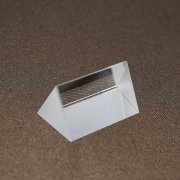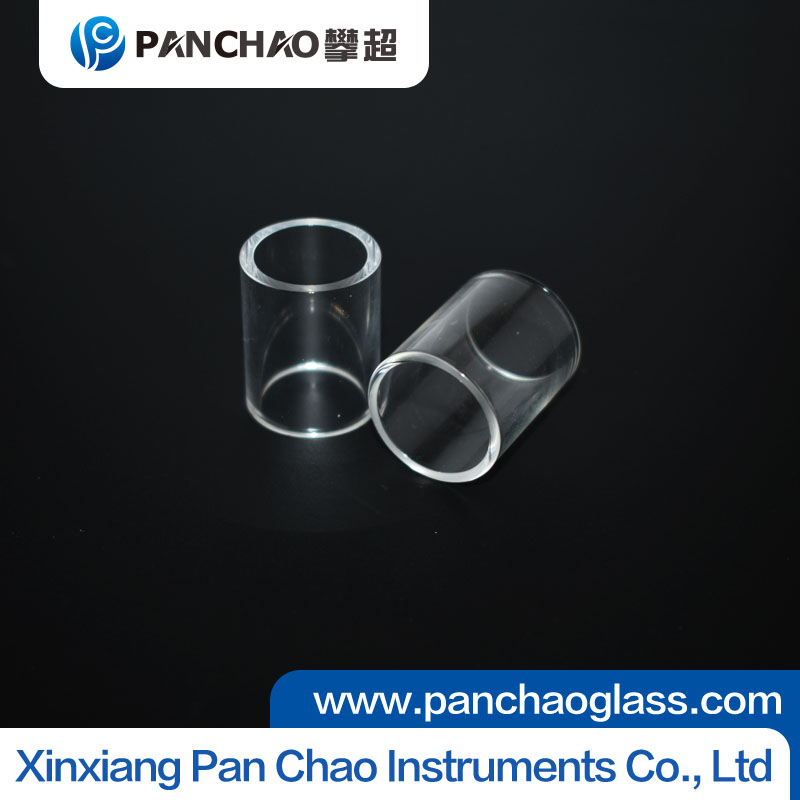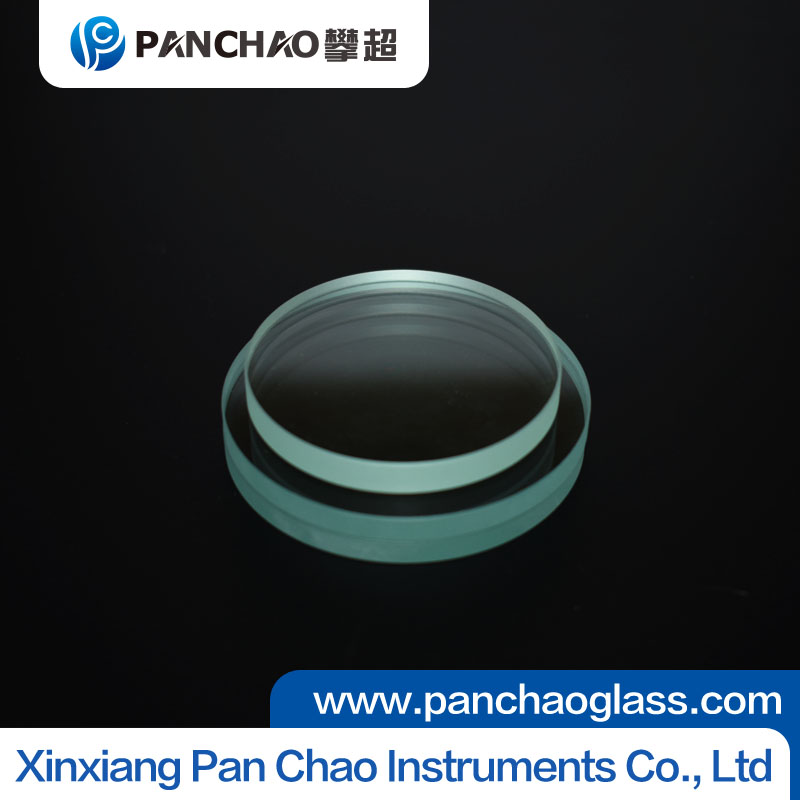
The difference and relationship between bulletproof glass, anti-smash glass and laminated glass!
PCHAO brand industrial sight glass give you professional custom!
Website:www.panchaoglass.com
Address:Room 1624, Jing Ye Gong Yuan Guo Ji, Jin Sui road and New Second Street intersection, Xin Xiang city, Henan Province, China
Phone: +8613569413718
Bulletproof glass and anti-smash glass are both composite security glass, which are made by pressing glass and film at high temperature and high pressure using dry process; both are glass with good light transmittance, consisting of at least two pieces of glass + 1 layer of film, and the thickness is proportional to the function. Combining the functions of the two can also get bulletproof and anti-smash glass. 1. The difference between bulletproof glass and anti-smash glass 1. The protection range is different. The primary function of bulletproof glass is bulletproof, which can withstand the impact of warheads launched by 56-type and 79-type equipment
Bulletproof glass and anti-smash glass are both composite security glass, which are made by pressing glass and film at high temperature and high pressure using dry process; both are glass with good light transmittance, consisting of at least two pieces of glass + 1 layer of film, and the thickness is proportional to the function. Combining the functions of the two can also get bulletproof and anti-smash glass.
1. Differences between bulletproof glass and anti-smash glass
1. Different protection ranges
The main function of bulletproof glass is bulletproof, which can resist the impact potential energy of the warheads launched by Type 56 and Type 79 weapons. The general bulletproof glass has a three-layer structure, and each layer of glass has the function of reducing the impact potential energy of the warhead. The strong tensile and impact resistance of the internal film can connect the broken glass into a whole, without penetrating holes, preventing the warhead from breaking through the glass and protecting personal safety.
The main function of anti-smash glass is anti-smash and anti-intrusion. It can protect against gravity attacks from hammers, sledgehammers, sticks, axes and other objects. It also connects the glass together through the tensile and impact resistance of the internal film to resist external invasion, without penetrating holes, and the protection strength is weaker than bulletproof glass.
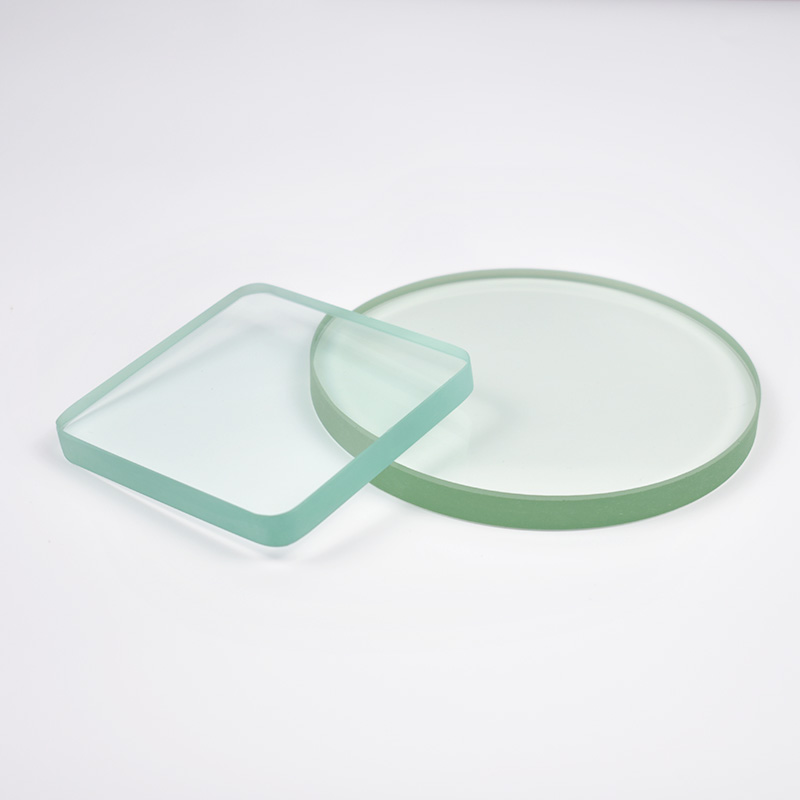
2. Different quality inspection methods
Bulletproof glass: It belongs to transparent protective barrier. Its quality inspection method and production standards are strictly in accordance with [Bulletproof transparent material GA165-2016]. Its inspection tools mainly use firearms. The judgment results are changed from the original ABCD level to 1-6 levels. The test results are divided into two types:
Class A bulletproof glass: The bullet or shrapnel does not penetrate the bulletproof transparent material, there are splashes on the back, but there is no penetration test card.
Class B bulletproof glass: The bullet or shrapnel does not penetrate the bulletproof transparent material, there is no splash on the back and no penetration test card.
Anti-smash glass: It is produced strictly in accordance with [GA844-2009 Anti-smash composite glass]. Its grades are divided into four levels of ABCD, and the anti-smash strength increases in sequence. Anti-smash glass test: ABC level anti-smash test, install the impact tool on the test machine, take the surface of the glass as the reference, and calculate the distance between the impact end of the tool and the glass surface when the specified impact energy is generated. The glass test structure is placed horizontally, and the landing point should be guaranteed to be within φ60mm. Before the formal test, a preliminary test should be carried out as with the bulletproof glass test. D-level anti-smash glass test: 362J impact test is carried out according to the ABC level test method. The center of the glass falls within the range of φ80mm, hit 30 times in succession, and hit 80 times with a fire axe, with a hitting rate of about 10 times/min.
2. The relationship between bulletproof glass, anti-smash glass, and laminated glass
Laminated glass can be simply understood as a composite glass made of laminated film between the glass layers. As for how many pieces of glass and how many layers of film are used, it is determined according to practical needs. Generally, laminated glass uses two pieces of glass + 1 piece of film. The strength, hardness and other properties of the composite laminated glass will be improved by increasing the number of glass and film.
Bulletproof glass and anti-smash glass are both types of laminated glass. The only difference between the three is the selected materials and processing methods, and finally the glass with different functions is obtained. Bulletproof glass and smash-proof glass are special glasses with a wide range of applications but small usage, while laminated glass is a general type of glass with a large demand and a wide range of applications.
Bulletproof glass and anti-smash glass are both composite security glass, which are made by pressing glass and film at high temperature and high pressure using dry process; both are glass with good light transmittance, consisting of at least two pieces of glass + 1 layer of film, and the thickness is proportional to the function. Combining the functions of the two can also get bulletproof and anti-smash glass.
1. Differences between bulletproof glass and anti-smash glass
1. Different protection ranges
The main function of bulletproof glass is bulletproof, which can resist the impact potential energy of the warheads launched by Type 56 and Type 79 weapons. The general bulletproof glass has a three-layer structure, and each layer of glass has the function of reducing the impact potential energy of the warhead. The strong tensile and impact resistance of the internal film can connect the broken glass into a whole, without penetrating holes, preventing the warhead from breaking through the glass and protecting personal safety.
The main function of anti-smash glass is anti-smash and anti-intrusion. It can protect against gravity attacks from hammers, sledgehammers, sticks, axes and other objects. It also connects the glass together through the tensile and impact resistance of the internal film to resist external invasion, without penetrating holes, and the protection strength is weaker than bulletproof glass.

2. Different quality inspection methods
Bulletproof glass: It belongs to transparent protective barrier. Its quality inspection method and production standards are strictly in accordance with [Bulletproof transparent material GA165-2016]. Its inspection tools mainly use firearms. The judgment results are changed from the original ABCD level to 1-6 levels. The test results are divided into two types:
Class A bulletproof glass: The bullet or shrapnel does not penetrate the bulletproof transparent material, there are splashes on the back, but there is no penetration test card.
Class B bulletproof glass: The bullet or shrapnel does not penetrate the bulletproof transparent material, there is no splash on the back and no penetration test card.
Anti-smash glass: It is produced strictly in accordance with [GA844-2009 Anti-smash composite glass]. Its grades are divided into four levels of ABCD, and the anti-smash strength increases in sequence. Anti-smash glass test: ABC level anti-smash test, install the impact tool on the test machine, take the surface of the glass as the reference, and calculate the distance between the impact end of the tool and the glass surface when the specified impact energy is generated. The glass test structure is placed horizontally, and the landing point should be guaranteed to be within φ60mm. Before the formal test, a preliminary test should be carried out as with the bulletproof glass test. D-level anti-smash glass test: 362J impact test is carried out according to the ABC level test method. The center of the glass falls within the range of φ80mm, hit 30 times in succession, and hit 80 times with a fire axe, with a hitting rate of about 10 times/min.
2. The relationship between bulletproof glass, anti-smash glass, and laminated glass
Laminated glass can be simply understood as a composite glass made of laminated film between the glass layers. As for how many pieces of glass and how many layers of film are used, it is determined according to practical needs. Generally, laminated glass uses two pieces of glass + 1 piece of film. The strength, hardness and other properties of the composite laminated glass will be improved by increasing the number of glass and film.
Bulletproof glass and anti-smash glass are both types of laminated glass. The only difference between the three is the selected materials and processing methods, and finally the glass with different functions is obtained. Bulletproof glass and smash-proof glass are special glasses with a wide range of applications but small usage, while laminated glass is a general type of glass with a large demand and a wide range of applications.
Related articles
- The difference between high boron silicon glass and ordinary
- The difference between borosilicate glass and ordinary glass.
- What is the difference between quartz glass and ordinary glas
- Definition of quartz glass and analysis of its characteristic
- What are the characteristics of quartz glass?
- Knowledge on purchasing, maintaining and cleaning tempered gl
- What is the difference between float tempered glass and ordin
- What are the advantages of high borosilicate glass water cups
- What are the advantages of smart switch glass panels
- What are the benefits of processing glass with quartz square
Products
acrylic display center
Contact Us

Xinxiang Pan Chao Instruments Co., Ltd.
Tel: +86 13343800331
Contact person:Carrie Niu
Fax: 0373 303 0331
Email:sales@panchaoglass.com
